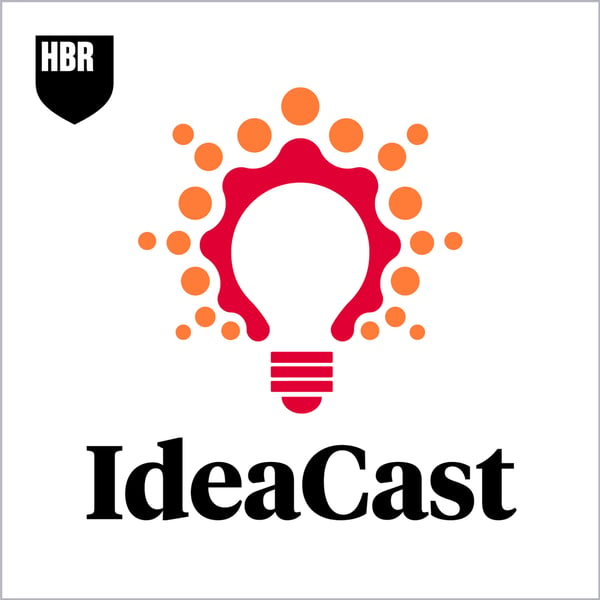4 Business Ideas That Changed the World: Scientific Management
HBR IdeaCast
Harvard Business Review
4.4 • 1.9K Ratings
🗓️ 6 October 2022
⏱️ 46 minutes
🧾️ Download transcript
Summary
Transcript
Click on a timestamp to play from that location
| 0:00.0 | Welcome to four business ideas that changed the world, a special series of the HBR idea |
| 0:15.4 | cast. |
| 0:22.3 | In 1878, a machinist at a Pennsylvania Steelworks noticed that his crew was not producing nearly |
| 0:28.0 | as much as he thought they could. |
| 0:30.2 | Frederick Winslow Taylor began systematic studies to determine exactly how much work should |
| 0:35.1 | be done. |
| 0:36.2 | With stopwatches and later stop-motion film, Taylor analyzed the efficiency of workers, |
| 0:41.8 | tweaking everything down to how they moved their arms, the size of their shovels, and how |
| 0:46.0 | long they could take a breather. |
| 0:48.0 | It helped factory owners make more pumps, steel and ball bearings, with lower labor costs. |
| 0:53.4 | It was the birth of a management theory, called Scientific Management, or Taylorism, |
| 0:58.4 | and Taylor became the face of it, a world-renowned management consultant before there were any. |
| 1:04.4 | Critics said his drive for industrial efficiency depleted workers physically and emotionally, |
| 1:09.9 | Congress held hearings on it. |
| 1:12.0 | Still, Scientific Management was the dominant management theory 100 years ago, in October |
| 1:16.8 | of 1922, when Harvard Business Review was founded. |
| 1:20.9 | It spread around the world, fueled the rise of big business, and helped decide World |
| 1:25.2 | War II. |
| 1:26.2 | And today, it is baked into workplaces from call centers to restaurant kitchens, gig-worker |
| 1:31.2 | algorithms, and offices. |
| 1:33.6 | Though few of us would recognize it, and few employers would admit to it. |
| 1:38.2 | On this special series from HBR IDA Cast, we're exploring four business ideas that change |
... |
Please login to see the full transcript.
Disclaimer: The podcast and artwork embedded on this page are from Harvard Business Review, and are the property of its owner and not affiliated with or endorsed by Tapesearch.
Generated transcripts are the property of Harvard Business Review and are distributed freely under the Fair Use doctrine. Transcripts generated by Tapesearch are not guaranteed to be accurate.
Copyright © Tapesearch 2025.

